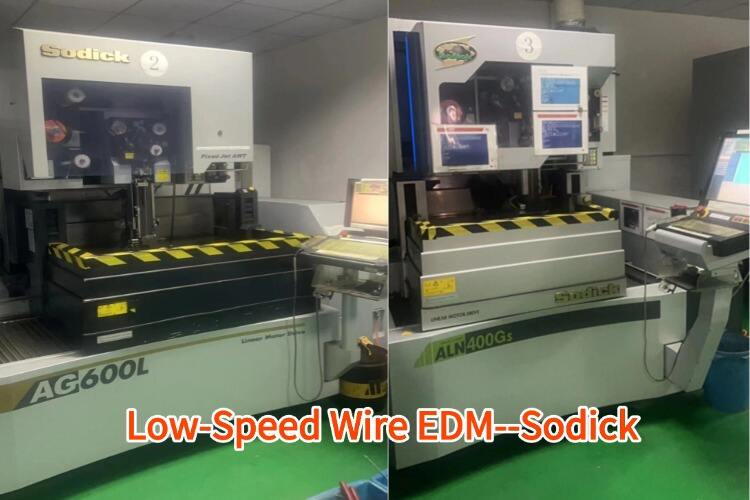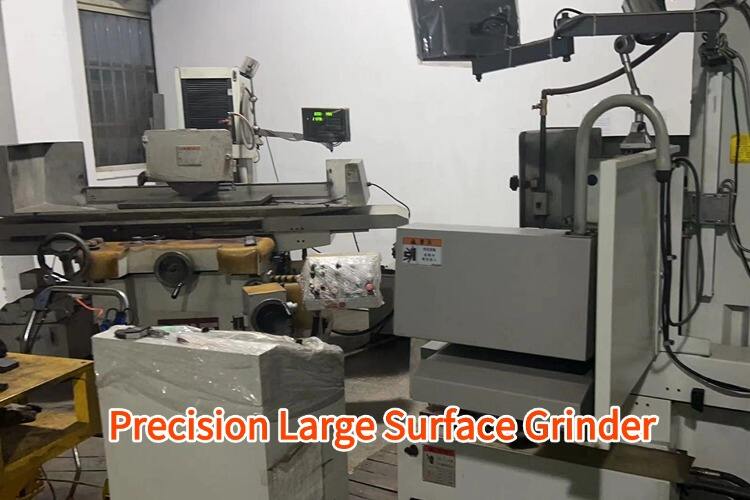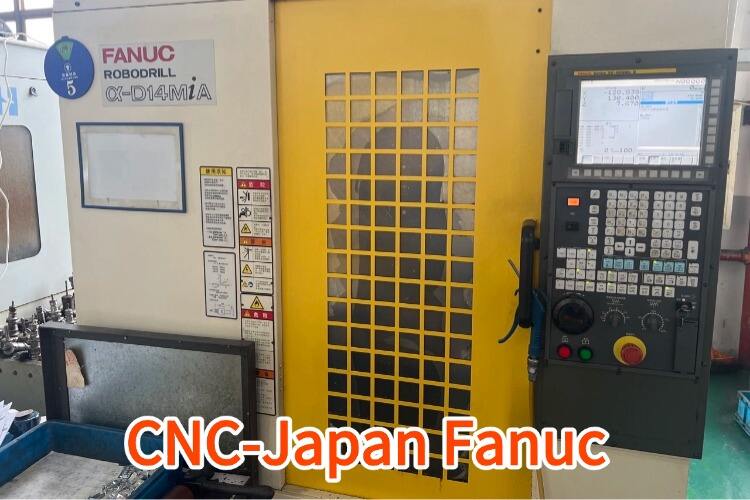heat treatment of plain carbon steel
Heat treatment of plain carbon steel is a crucial metallurgical process that fundamentally alters the material's properties to enhance its performance characteristics. This process involves carefully controlled heating and cooling operations to modify the steel's microstructure. The main functions include improving hardness, increasing strength, enhancing ductility, and reducing internal stresses. The treatment typically consists of three main stages: heating the steel to a specific temperature, maintaining that temperature for a predetermined time, and cooling at a controlled rate. Different cooling methods, such as quenching in oil or water, air cooling, or furnace cooling, produce varying material properties. The technology features precise temperature control systems, specialized furnaces, and carefully monitored cooling mechanisms. Applications span across numerous industries, including automotive manufacturing, construction, tool making, and machinery production. The process can be customized to achieve specific material properties based on the intended application, making it versatile for various industrial needs. Modern heat treatment facilities employ advanced automation and monitoring systems to ensure consistent results and quality control throughout the process.


